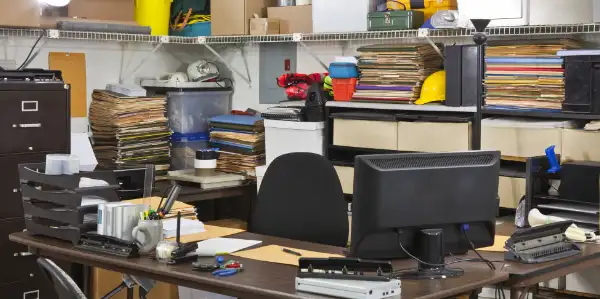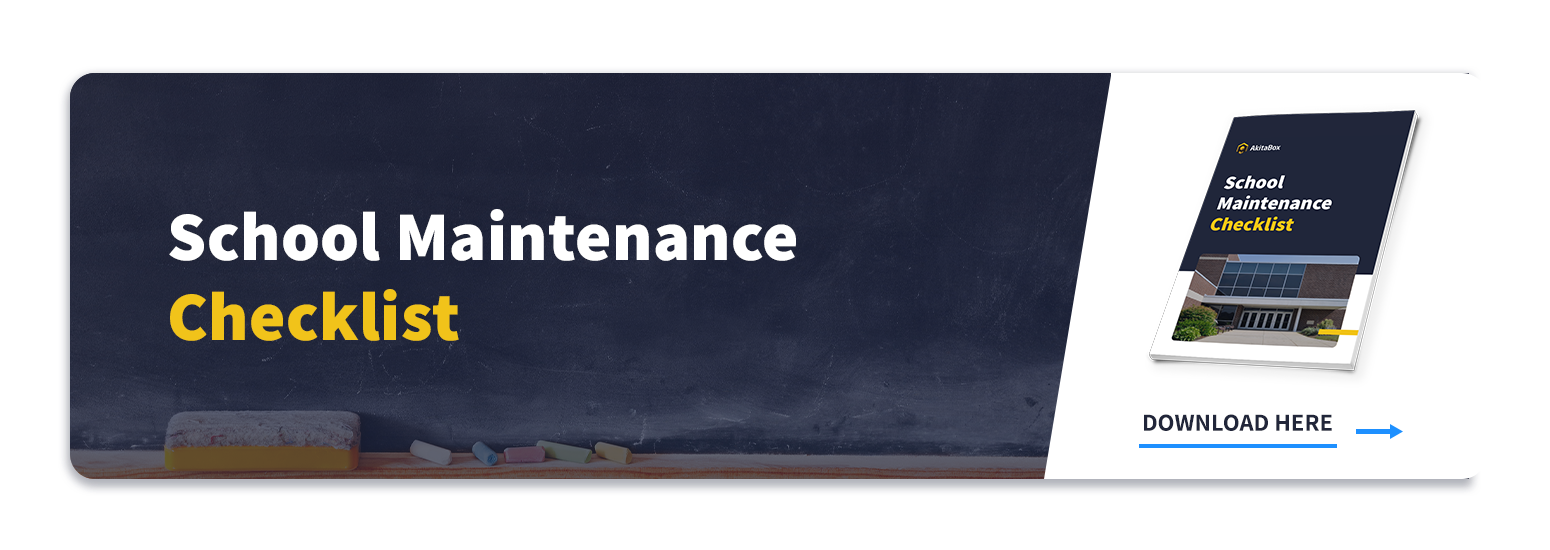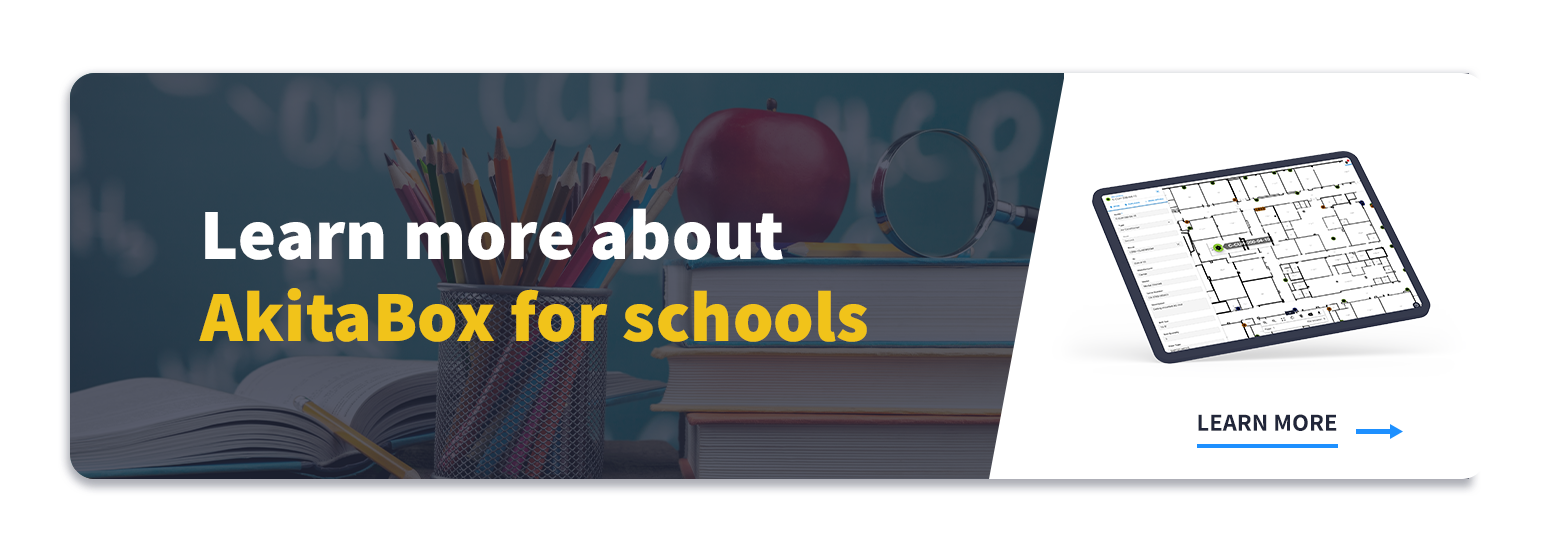Three key reasons drive the need for better maintenance practices in K-12 schools:
- In-person classes are back to stay. Most experts agree that the benefits of in-person learning outweigh the risks of children contracting COVID-19. As a result, the vast majority of schools have pivoted back to mainly onsite classes. This will continue to put strain on physical school facilities.
- Older facilities employees are retiring. Considering the average age of a facilities manager is 50 years old, more than half of today’s facilities management (FM) practitioners will retire in the next five to 15 years. When they leave the building for the last time, they’ll take their hard-earned institutional knowledge with them – leaving the next generation to re-learn the ins and outs of maintaining your unique buildings.
- Some states have facility reporting requirements. California, Colorado, South Carolina, and Texas are among the states that mandate school facilities meet certain safety and construction standards. Not only must you meet those requirements, you also have to be able to prove it to inspectors. An outdated or messy approach to maintenance makes doing so a lot harder.
Implementing the 5 strategies below can enhance the effectiveness of your school maintenance efforts, ensure nothing is overlooked, and drive better operational performance across your campus.
Strategy 1 – Formalize Your Recurring Maintenance Tasks
Depending on a person’s memory or an outdated spreadsheet to keep track of all the various maintenance tasks that must be done is asking for something to fall through the cracks.
Organize your school’s daily, weekly, monthly, quarterly, seasonal, and yearly needs into a central, easily accessible system that can be quickly updated as needed. Doing so provides a number of benefits:
- It prevents larger problems from occurring. Recurring maintenance gets someone’s eyes on your most vital assets and is also a chance to catch any potential problems that may be lurking.
- It ensures nothing is forgotten – especially if you have newer, less experienced people on the team.
- It supports good record keeping, saves time, and improves safety throughout the school.
- It’s much easier to train new employees on what needs to be done.
Free Resource: School Maintenance Checklist
Strategy 2 – Know Where Every Space and Asset Is

School buildings are among the most unique facilities you’ll find – especially older ones. From creepy old tunnels in the basement that were used to deliver coal in bygone days to random cubby holes walled up during renovations, there’s a lot of weird stuff in many schools.
And it’s not just odd spaces you have to worry about.
There also tends to be random assets tucked away in unexpected places. It could be hidden power switches tucked between an inner and outer wall – or even a forgotten air handler unit behind a trap door.
Not knowing those things are there can cause confusion and wreak havoc on your maintenance efforts. If you want to avoid surprises and ensure you’re adequately taking care of ALL of your assets, it’s important to have accurate floor plans and asset maps.
Software tools like AkitaBox make this easy, allowing you to:
- Import your existing floor plans into the system
- Markup the digitized floor plans to reflect any changes
- Map every asset to its location on the floor plan
- Give all your team members access to this information so everyone knows where everything is
Strategy 3 – Really Understand Your Deferred Maintenance Backlog
Of course, no facilities department is complete without a list of deferred maintenance tasks that are being put off until more time or money is available to complete them. But how well do you really know your school’s deferred maintenance needs?
If you can’t point to a complete, detailed list of every deferred maintenance task that includes the estimated hours and dollars needed to cross it off the list, how can you effectively plan to reduce the backlog?
Maintenance software can help, by giving you a central place to list out everything in your backlog (and continue adding more deferments as you come across them). You can also fill in the number of hours and estimated dollar amount for each task, including any lead time for new parts or whole assets. Then the software can help you sort through all of this information – like showing you a list of your most expensive and or most mission critical deferred maintenance tasks.
Armed with this information, you can better prioritize which deferred maintenance tasks need to be done first and which ones can wait. And if you need to ask for more budget to complete these items, you’ll have a professional-looking data set to share with the financial decision-makers that can support your request.
Strategy 4 – Organize All Your Facilities Data in One Place
Be honest with yourself: is your facilities data as organized and centralized as you wish it was?
Even something as simple as tracking if your alarm system has been regularly inspected can be a challenge with scattered and disorganized data – much less managing a school’s entire maintenance program.

Bringing all of your facilities data (floor plans, asset locations, work orders, O&M manuals, inspection schedules, etc.) into one, single source of truth can simplify and streamline your maintenance efforts. This SSOT is often in the form of specially designed facilities management software.
With all of your data in the same spot, you enjoy better visibility into what’s happening in your facilities:
- Track KPIs
- Better maintain safety and compliance
- Uncover issues before they become expensive problems
- Identity areas where you can improve energy efficiency/savings
- Keep tabs on warranties, service agreements, and maintenance schedules
And perhaps one of the biggest benefits? Having a place for all of that institutional information that’s currently inside the heads of your most experienced employees. When they leave or retire, that information is still available for the rest of your team to benefit from.
Strategy 5 – Streamline Your Work Order System
Work orders are a huge part of maintenance management – and if your current work order process is a mess, it frustrates both your occupants and your facilities team.
Depending on phone calls, emails, or even post-it notes for work order submissions is a sure way to cause confusion, waste time, and lose track of some tickets. Maintenance management software makes the work order experience better for everyone:
- Provides a simple, user-friendly way for occupants to submit work orders – regardless of their level of tech savviness
- Gives facilities technicians enough detail so they know where to go and what tools/parts will be needed to fix the issue (without a lot of back and forth with the submitter)
- Enables you to easily assign and track all open tickets
- Provides a portal for keeping the submitter updated on the status of their request
- Reduces the possibility of a ticket being forgotten about or left hanging
Improve Your K-12 School Maintenance with AkitaBox
As a complete facilities management solution for schools, AkitaBox brings together everything you need to effectively manage your assets and maintenance programs:
- All facilities data organized in one place
- Assets mapped onto digital floor plans
- Easy-to-use service request portal
- Work order management
- Deferred and preventive maintenance management
- Tracking and reporting dashboards
And that’s just the tip of the iceberg. AkitaBox can also help with capital planning, inspections/compliance, and all sorts of assessments. Are you ready to make your life easier when it comes to maintenance? Then check out how AkitaBox can help today!
Read More:
How to Create a Custodial Cleaning Plan That Actually Works
Summer Maintenance at Your School
How K-12 Facilities Impact Student Health and Learning
The K-12 Facility Maintenance Checklist for Back to School
Case Study: Buckeye Elementary: Finding the Right Facility Management Software for K-12

